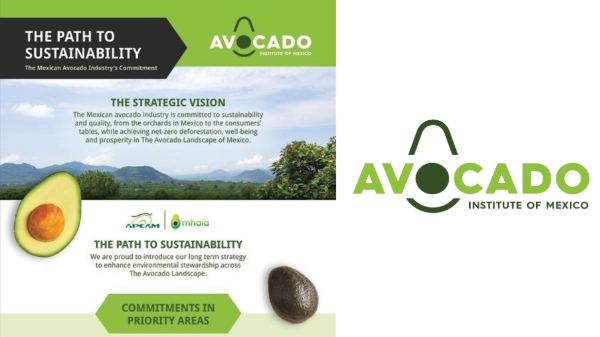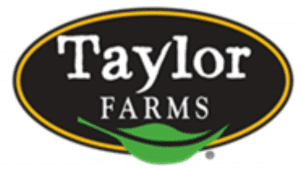Welcome to Blue Book!
Are you ready to join the thousands of companies who rely on Blue Book to drive smarter decisions? View our plans and get started today!
Still have questions? We’d love to show you what Blue Book can do for you. Drop us a line– we’ve been waiting for you.
Underground, above ground, and up in the air, produce growers are using new technology to improve both the quality of their product and efficiency in the field.
Facing increasing government regulations, a labor shortage, and the relentless forces of competition, most growers are looking closely at opportunities to automate field processes, streamline communications and reporting, and use resources more efficiently.
“As an industry, we need to embrace technology,” says Rob O’Rourke, vice president at RJO Produce Marketing in Fresno, CA. “Things are changing so fast, we have to keep our eyes open for ways to be more efficient.” For O’Rourke, leveraging technology will not only lead to more efficiency, but add value to the supply chain.
In The Field
Two of the more vital field technologies are variable rate irrigation and global positioning systems for farm equipment. Phil Hamm is a plant pathologist at Oregon State University and director of the Hermiston Agricultural Research and Extension Center, which has developed a “smart” variable rate irrigation system with programmable nozzles to disperse water, pesticides, or nutrition into soil. “Smart irrigation starts with knowing the crop and the water use based upon evapotranspiration [the rate of moisture loss from the soil and plant] and temperature, among other things,” Hamm explains.
This ties into the concept of precision agriculture, where “big data” can be used to inform the use of resources, says Jim Gorny, vice president of food safety and technology for the Produce Marketing Association. “Water is becoming a very precious commodity, and it has always been a precious commodity out West. The precision use of water is knowing when to irrigate,” he states. If growers are able to monitor soil profiles and irrigate only when needed, there is little waste.
Steve Powell, executive vice president and chief operating officer of Coachella, CA-based Peter Rabbit Farms, says, “We’re starting to get more into remote sensing for irrigation. When the well comes on, we can control it from our iPhones or a computer.” He says sensors in the field measure moisture levels, so water management can be handled remotely.
Another part of precision agriculture is the use of GPS-guided tractors. Though the technology has been in use for some time, recent advances have increased accuracy. “It’s really changing how we do things,” confirms Powell. Further, he notes, the return on investment comes quickly in terms of both efficiency and fuel savings.
Gary Pack, a partner at Twin Garden Farms in Harvard, IL agrees: “We retrofitted all of our old tractors to auto-steer and strip-till,” he says. “We strip-till in the fall, and we need auto-steer to be able to plant right on top of the strips in the spring. It’s a big fuel benefit to us.”
There have also been breakthroughs in the application and safety of fertilizer and pesticides. “It’s incredible technology,” Powell enthuses, discussing how chemicals can be delivered directly into the soil, never even making contact with above-ground air. Such practices, Powell, notes, are safer for both humans and animals.








